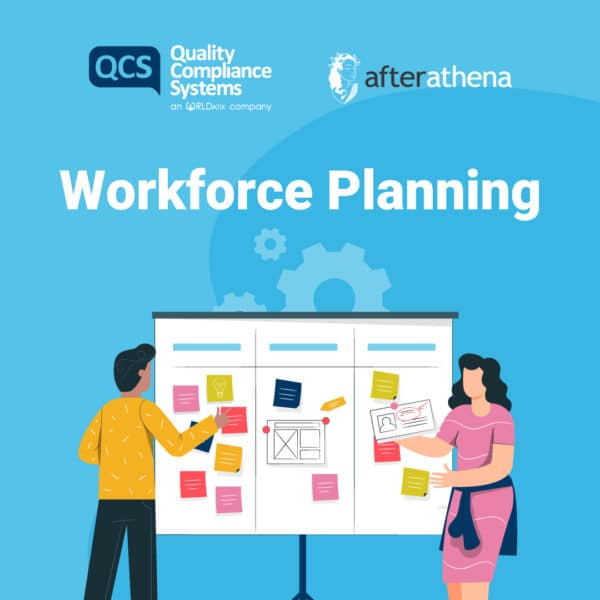A business’s most valuable asset is its workforce. However, as well as being its greatest asset, it’s also its biggest liability. The care sector continues to face challenges in its workforce with staff shortages, staff retention and low pay, as well as struggling to manage rotas, cover for employees on annual leave and sickness absences, all whilst still delivering excellent care.
Most businesses will have a strategy in place which drives the business forward. Although not a new concept, workforce planning can play an important part in managing the business on a day-to-day basis. However, how a business approaches a workforce plan can be key to its success.
Identifying a plan
This may sound like a simple task but it’s the critical first step in any planning process and it is essential that businesses understand why a workforce plan is required and what it will be used for. The plan should scope what service areas are covered, who will be responsible for ensuring the plan is delivered and who else needs to be involved in the planning process.
Mapping
Mapping involves identifying the types and numbers of staff required to deliver in each service area. For example, if a business runs a care home, they will need to identify who is required, and when, to ensure adequate cover in all areas of the home 24 hours a day, from carers to cooks and nurses to managers.
Understanding workforce availability
This can be a tricky part of workforce planning, particularly if a business engages agency workers or those on zero hours contracts. However, understanding who in your workforce is available, and when, can help with planning rotas and arranging cover for holidays or sickness absences.
Rostering
Managing a rota should not be a full-time job, so having the right systems and processes in place is key to ensuring an efficient rota management system. Using a manual paper system can be time consuming and a logistical nightmare to accommodate last minute changes. Technology should form a part of any workforce plan and it’s important that staff are able to see their shifts at any time, so they can plan their personal lives around work.
A 4-week rota schedule enables employees to plan their personal lives and allows a business to plan sufficiently ahead for holidays and availability. Likewise, requiring staff to book holidays at least 4 weeks in advance can help hugely with planning rotas and adequate cover.
Assessing anticipated problems
This can be easier said than done, however technology can also be a really useful tool in analysing and identifying patterns within the workforce which can help to assess anticipated problems. It’s important therefore that businesses try to stay one step ahead in their planning and analysing workforce data can be an effective way of identifying problems within the business, so they can be acted upon.
Reviewing
Finally, businesses need to ensure they review their workforce plan at regular intervals and repeat the process above if required.
If you have any questions relating to workforce planning issues, such as annual leave or sickness absences, please do not hesitate to contact a member of the AfterAthena team (part of the Napthens Group).





